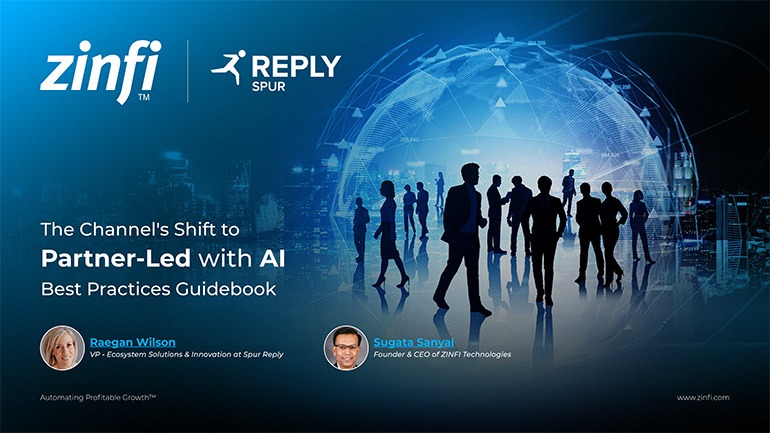Best Practices Articles

The Strategic Rise of Social Selling in B2B Commerce
Digital transformation has reshaped the business-to-business (B2B) sales landscape. Traditional tactics like cold calling, email sequences, and trade show meetings still matter. However, they no longer define the buyer's journey.
Today, purchasing decisions begin long before a sales conversation. Decision-makers look for value. They engage with thought leaders and connect with trusted voices. They do this on platforms they already use.
This change has led to social selling. It is a trust-based strategy that goes beyond simple engagement or posting content.
Social selling is not simply about using social platforms to sell. It is about building an authentic presence, fostering meaningful conversations, and earning credibility by consistently delivering insights that matter. Human behavior roots it and it thrives where empathy, curiosity, and credibility intersect. As companies in different industries understand buyer preferences, they see that modern B2B sales need value-driven digital engagement.
Social selling is powerful because it attracts and nurtures leads. It also cuts through the noise in a crowded digital space. Buyers are more informed than ever. They no longer depend solely on sellers to guide them through the funnel.
Instead, they conduct independent research, seek peer feedback, and engage with professionals whose digital presence signals trustworthiness. Sellers who use social selling adapt to this change. They go where buyers are. They share content that connects and have conversations that create real opportunities.
This change is clear on platforms like LinkedIn. Professionals are blending personal stories with industry knowledge. This helps them build followings that support their careers.
The best social sellers do more than share content. They build communities, provide insights, and establish trust to attract prospects. These individuals understand that authenticity is the new currency in a time-starved, attention-fragmented market.
The following sections explore how social selling is changing B2B sales. It redefines buyer engagement and expands omnichannel presence. It also supports trust-based selling and aligns with go-to-market strategy. One clear message runs through it all: social selling is not optional—it is essential for growth.
1. From Transactions to Trust – Rethinking the Buyer Journey
Social selling has radically altered the nature of the B2B buyer’s journey. Earlier, sellers depended on scheduled calls and polished pitch decks. They ran top-of-funnel campaigns to reach buyers. Today, buyers move through the decision cycle on their own.
By the time they speak to sales, they’ve already formed opinions. They often base these views entirely on a company’s digital presence.
Trust is now the most essential currency in the early stages of buyer engagement. Social selling operates where buyers seek peers, read posts, attend virtual events, and follow influencers—not brands.
An individual's credibility often carries more weight than a logo or a slogan. Sellers who understand this dynamic adopt a buyer-first mindset. They do not pitch immediately but educate, engage, and build recognition over time.
This evolution means that sellers must be fluent not only in product knowledge but also in human behavior. To succeed, sellers must read emotional cues, understand the buyer’s situation, and listen closely. Social selling rewards this behavioral intelligence. Buyers gravitate toward sellers who demonstrate curiosity, empathy, and a willingness to offer insights without immediate expectation of return.
In this trust-led journey, feedback becomes a central lever. Genuinely curious sellers seek out constructive input, not only from colleagues but from potential customers. By doing so, they learn what resonates, what falls flat, and where market pain points lie. This feedback-driven loop enables sharper content, more personalized engagement, and stronger pipelines.
The buyer journey now often starts with a post, a comment, or a thoughtful response to a shared experience. These micro-engagements set the foundation for deeper conversations. Unlike traditional lead generation tactics, which often treat buyers as data points, social selling treats them as people first. In this new reality, relationships are not a soft skill but a strategy.
2. LinkedIn as the Modern Selling Arena
LinkedIn has become the epicenter of B2B social selling among all social platforms. Each platform has a different audience. LinkedIn stands out because it focuses on professionals and reaches key decision-makers.
Yet, succeeding on LinkedIn requires far more than a polished profile or periodic updates. It demands consistency, emotional intelligence, and a strong point of view.
The professionals leading in this space aren’t merely broadcasting corporate news. They share insights from honest conversations, reflect on market dynamics, and provide commentary that sparks meaningful dialogue. They often blend business insights with life lessons, knowing human stories are far more engaging than dry statistics. Their tone is natural and unfiltered, and their presence is intentional but not performative.
For many, success on LinkedIn has come not through algorithmic hacks but authenticity. Posts that share lessons learned, customer challenges, or unexpected insights often outperform meticulously branded content. Buyers want to know that the person behind the profile understands their world. This is where social selling excels—it builds relevance and relatability in real time.
Moreover, the evolving algorithm has made strategic engagement essential. Commenting thoughtfully on others' content, participating in active communities, and joining relevant conversations create ripple effects that increase visibility and trust. Sellers who view LinkedIn as a community—not just a content platform—amplify their impact and deepen their network.
A key tactic successful social sellers use is repurposing high-performing content across channels. You can turn a LinkedIn post into a story for Instagram. You can also make a short video for X or use it in a longer piece on YouTube. This multi-platform approach maximizes reach while reinforcing credibility across audience segments.
Ultimately, the power of LinkedIn comes from how people use it, not just who uses it. Those who use it to start real conversations—not just post updates—gain more engagement, more influence, and better sales results.
3. Omnichannel Strategy and Buyer Engagement
Social selling works best across many channels. Buyers don’t stay in one place. They switch platforms, view different types of content, and engage in short but meaningful ways.
Smart sellers go beyond LinkedIn. They show up on Instagram, YouTube, X, and other places where buyers spend time.
Omnichannel social selling aims not to duplicate content but to adapt it. Sellers must align their messaging with the expectations and culture of each platform. Long posts work well on LinkedIn. On Instagram, short stories or visuals get more attention.
A direct, voice-driven commentary might gain traction on YouTube, while real-time insights or reactions may thrive on X.
Understanding audience segmentation is crucial. LinkedIn users often skew older, with titles tied to enterprise and professional decision-making. Instagram, meanwhile, caters more to personal branding, lifestyle, and visual storytelling—which helps show the human side of business.
X draws quick thinkers and trend-watchers. YouTube is best for deep learning and lasting video content.
Sellers must learn to map the right message to the platform and audience. This requires experimentation, feedback, and a willingness to be visible in multiple spaces. Those who succeed recognize that buyers move fluidly and that a strong omnichannel presence increases reach and credibility.
This does not mean sellers must be everywhere at once. It means they should be where their buyers are most active and show up in a way that adds value. Rather than chasing algorithms, they anchor their content in real insights, relatable experiences, and practical advice. They understand that attention is earned, not captured.
Omnichannel social selling turns a fragmented digital landscape into a coordinated brand experience. Each post, video, or comment helps build trust and move prospects closer to buying.
4. Social Selling Enablement – People, Tools, and Trust
Individual effort alone does not drive the success of social selling. Organizations must actively enable their teams with the right tools, frameworks, and cultural mindset. Enablement spans two key dimensions: technology enablement and people enablement. Without both, social selling efforts often fall flat.
Technology enablement ensures sellers can identify intent signals, track engagement, and tailor their outreach accordingly. Many companies fail to utilize the full power of the tools at their disposal. Features highlight who visits pricing pages versus career pages or who consumes which content is often underused. Surfacing these insights empowers sellers to engage at the right time with the right message.
People enablement focuses on behavior, not just process. It trains sellers to engage empathetically, ask the right questions, and position themselves as resources rather than vendors. It includes storytelling training, feedback loops, and ongoing support encouraging sellers to share experiences and elevate conversations. Organizations must trust their people to grow their presence and give them clear guidelines to protect the brand.
Organizations must stop treating personal brands as a threat and start viewing them as an asset. When sellers build credibility, they attract early interest and earn buyer trust. This does not happen with scripts and templates. Sellers drive it by showing up, using their own voice, and addressing real buyer concerns.
Cross-functional collaboration is also key. Social selling doesn’t live only in sales. Marketing is critical in shaping narratives, amplifying voices, and providing content sellers can customize.
Partnerships add strategic value by opening doors to new audiences. Sales leaders reinforce the behavior by celebrating engagement-driven success—not just closed deals.
These elements build a culture where social selling becomes a key growth strategy, not just a side task.
5. The Commerce Layer – Turning Relationships into Revenue
Social selling’s impact lies in its ability to turn digital relationships into real revenue. At its core, it is a commerce strategy powered by connection. Every touchpoint—from a LinkedIn comment to a cross-posted video—can drive influence and convert interest into pipeline.
This shift requires companies to redefine what sales activity looks like. Success is no longer measured only in calls made or demos booked. You can also see it in engagement metrics, content impact, and the depth of conversations. Sellers must adapt to this blended model, where relational intelligence holds as much weight as the closing technique.
Social selling works well with nearbound strategies. These focus on warm intros, trust networks, and partner-driven growth.
In this model, relationships grow over time. Trusted sellers don’t just win deals—they attract them. They become key players in a network where trust and referrals create demand.
This transformation also reduces friction. When buyers already trust the seller, the sales process accelerates.
Buyers stop asking why they should trust you. They start asking how to move forward. Deals close quicker, relationships grow stronger, and customers stay happier.
Revenue leaders must build infrastructure that tracks and rewards these outcomes. They must balance quantitative KPIs with qualitative signals that reflect influence and long-term value. Teams, pay plans, and reports must change to support social selling as a real and scalable way to grow.
In this context, the line between brand and sales blurs. Every seller becomes a brand ambassador. Every post becomes a business opportunity. And every relationship—no matter how small—becomes a seed for future revenue.
Conclusion
Social selling is not a tactic. It is a strategic response to how modern B2B buyers think, act, and engage. It requires sellers to abandon outdated outreach playbooks and adopt a mindset centered on trust, relevance, and digital presence. It demands omnichannel fluency, authentic storytelling, and an unwavering commitment to helping overselling.
Top organizations know their people are their biggest strength. They help them build personal brands and connect with others. This boosts visibility, influence, and growth. They don’t limit social selling to marketing or strict playbooks. They make it part of their culture, workflows, and strategy.
B2B sales will favor those who earn attention early. The best sellers give value before any conversation. They stay visible where buyers spend time. Social selling is not optional anymore. It builds trust and puts the buyer first. Strong relationships drive sales. Real voices grow influence.
Best Practices Guidebook
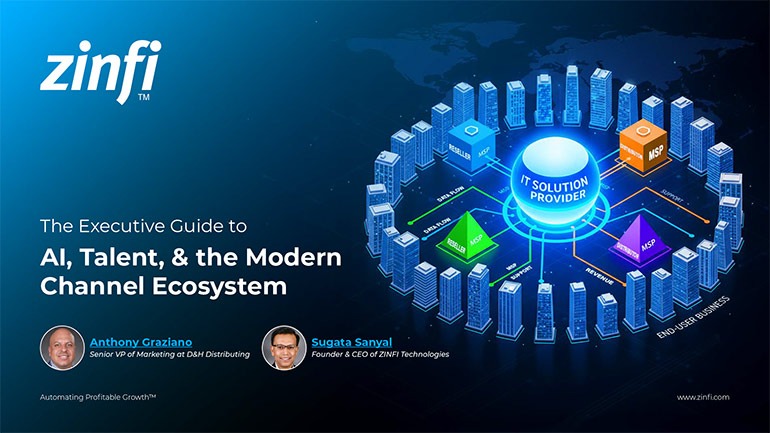 Modernizing Channel Marketing: AI and Ecosystem Enablement Best Practices
Modernizing Channel Marketing: AI and Ecosystem Enablement Best PracticesDownload for FREE
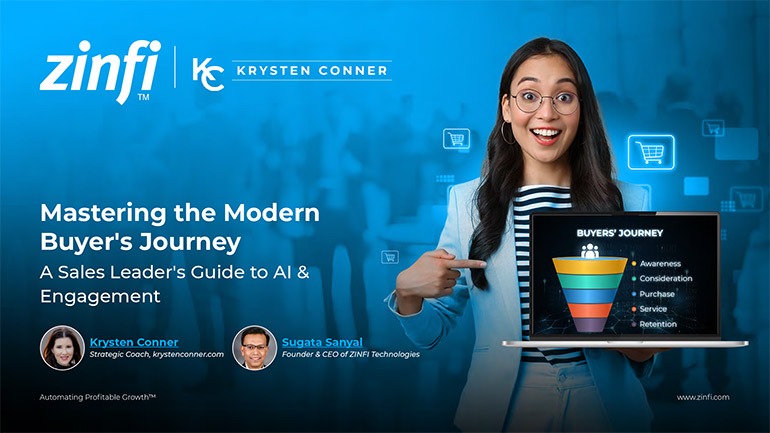 The Channel’s Shift to Partner-Led With AI Best Practices
The Channel’s Shift to Partner-Led With AI Best PracticesDownload for FREE
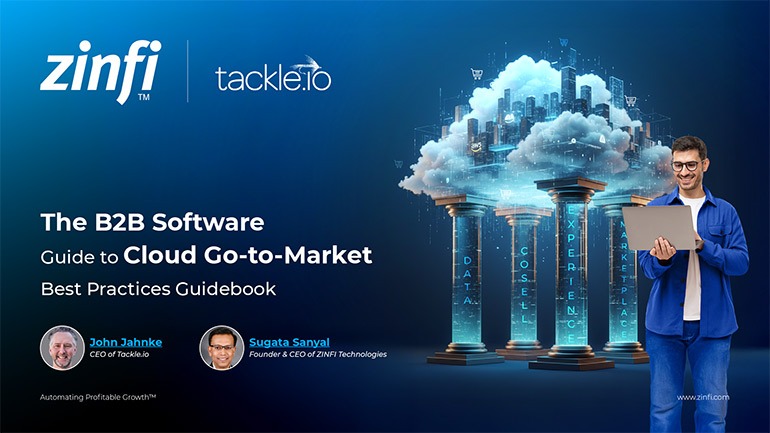 Hyperscalers, ISVs, and AI: Shaping the Future of B2B Software Distribution
Hyperscalers, ISVs, and AI: Shaping the Future of B2B Software DistributionDownload for FREE
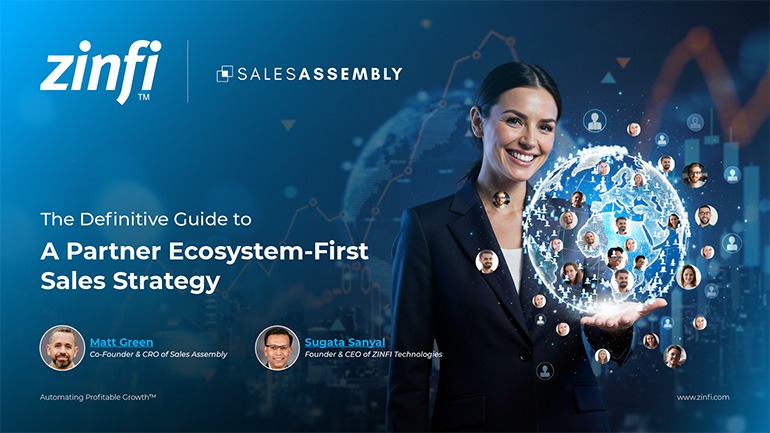 Definitive Guide to a Partner Ecosystem-First Sales Strategy
Definitive Guide to a Partner Ecosystem-First Sales StrategyDownload for FREE
 The Partner-Led Digital and AI Transformation Best Practices
The Partner-Led Digital and AI Transformation Best PracticesDownload for FREE
 Startup Talent Recruitment: Hiring Missionaries, Not Mercenaries
Startup Talent Recruitment: Hiring Missionaries, Not MercenariesDownload for FREE
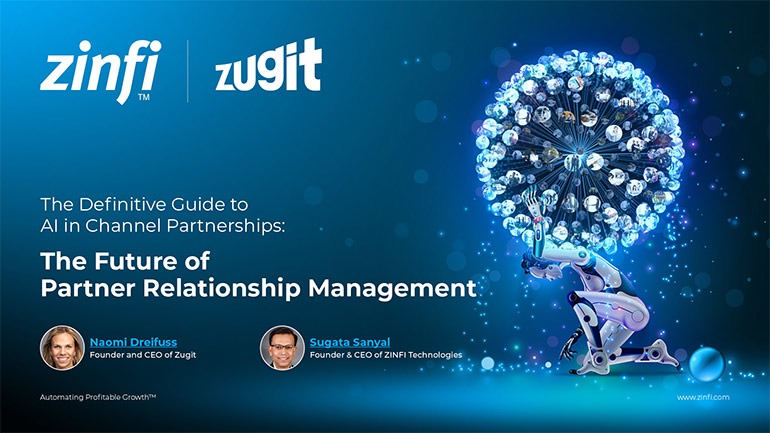 The Future of Partner Relationship Management with AI in Partnerships
The Future of Partner Relationship Management with AI in PartnershipsDownload for FREE
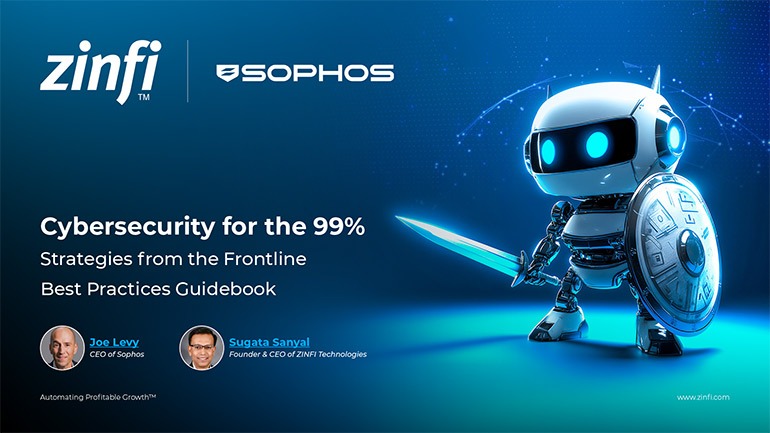 Cybersecurity for the 99%: Strategies from the Frontline
Cybersecurity for the 99%: Strategies from the FrontlineDownload for FREE
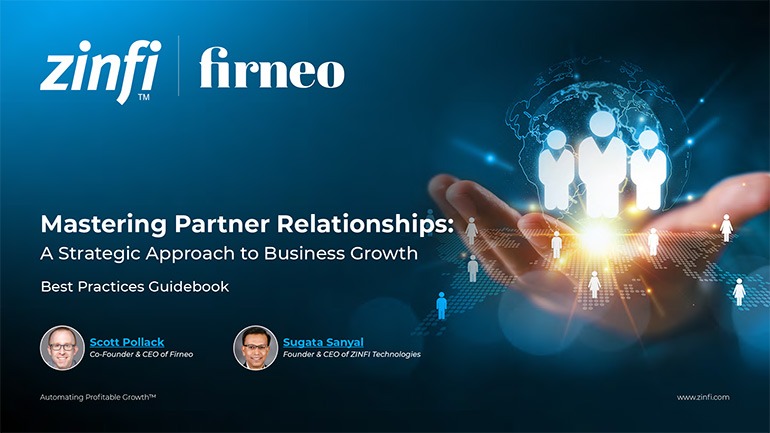 Mastering Partner Relationships: A Strategic Approach to Business Growth
Mastering Partner Relationships: A Strategic Approach to Business GrowthDownload for FREE
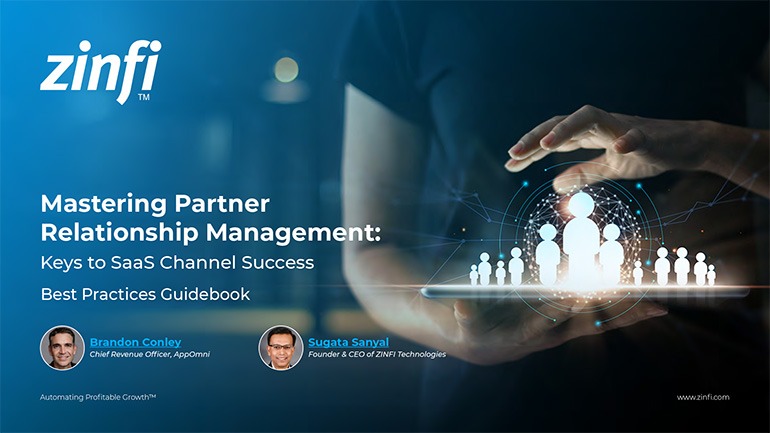 Mastering Partner Relationship Management: Keys to SaaS Channel Success
Mastering Partner Relationship Management: Keys to SaaS Channel SuccessDownload for FREE
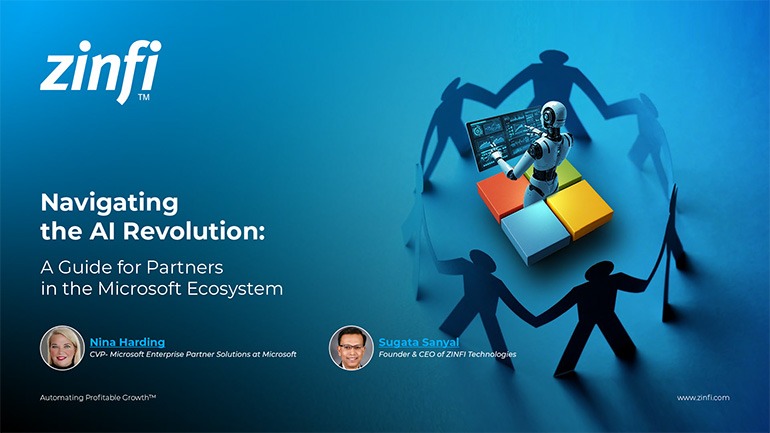 Navigating the AI Revolution: Guide for Partners in the Microsoft Ecosystem
Navigating the AI Revolution: Guide for Partners in the Microsoft EcosystemDownload for FREE
 Mastering the Modern Buyers Journey: Sales Leader’s Guide to AI & Engagement
Mastering the Modern Buyers Journey: Sales Leader’s Guide to AI & EngagementDownload for FREE

